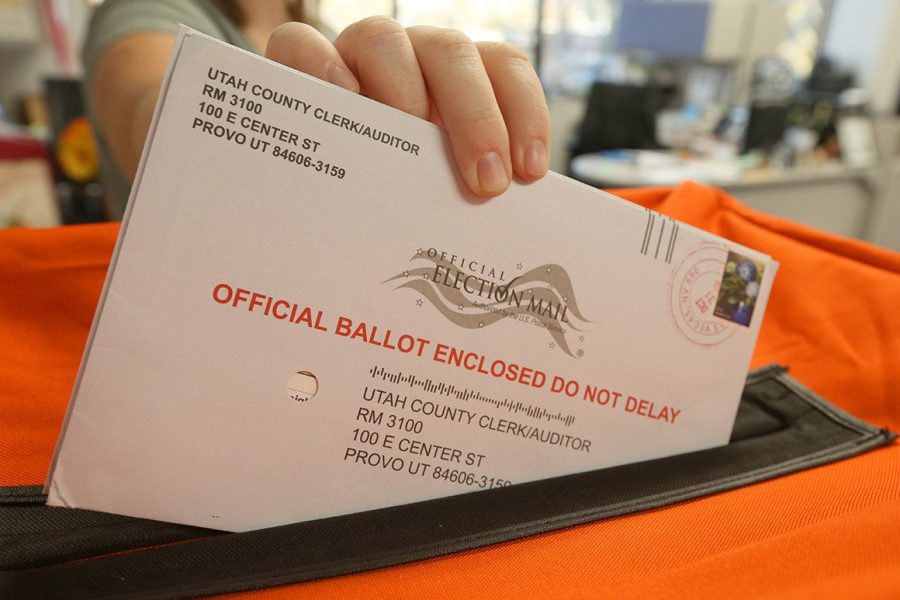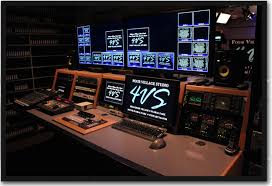Mail In Voting: What is it and why the talk?
October 29, 2020
It seems that COVID-19 has affected every aspect of our lives. For school we have to wear a mask and fill out a question sheet that asks if we have any symptoms. Stadiums are completely empty, and the only cheering we hear is from a computer. Now, elections are entirely different. Election Day is getting closer and the pandemic is still not over yet, and since our goal is to prevent anyone else from getting the virus, one way to prevent that is mail in voting.
You would think mail in voting would be accepted but many people, including the president, are strongly opposed to this idea. The fear is that you won’t be able to verify your signature, it will get lost in the mail, and someone could steal your vote. However, those fears are highly unlikely. Tens of millions of people have voted by mail for every election. Washington State is one of few that runs its entire election through the mail. One good benefit is that the ballot is mailed to your house a few weeks before Election Day, which gives you time to research the candidates. It also benefits those who don’t have a day off on Election Day, and it also prevents voter suppression.
Voter suppression is a strategy used by politicians to influence the outcome of an election. For the Kentucky Democratic Primary, there was only one voting poll in Jefferson County, and the doors were closed for hours. If they had the opportunity to vote by mail then many of those in line would not have had that problem.
As for the argument for fraud, Amber McReynolds, a former Colorado election official and now CEO of the National Vote at Institute, and Charles Stewart, director of the MIT Election Data and Science Lab, recently did a study. Over the past 20 years, they found more than 250 million ballots have been cast by mail nationwide, while there have been just 143 criminal convictions for election fraud related to mail ballots. That averages out to about one case per state every six or seven years, or a fraud rate of 0.00006%.
As for the process itself. In the process of “signature verification,” election officials compare a voter’s signature on a ballot’s security envelope with a past signature on file, often from the state department of motor vehicles or a voter registration form. However, the practice varies state by state and in some cases between counties.
In New York State, registered voters can request a mail-in ballot if they are concerned with COVID-19, or vote early in-person. They can also track their ballot. However, States like Mississippi have a different way. You cannot use COVID-19 as an excuse for mail voting, and they do not track your ballot. One reason why Mississippi is not open to mail in voting has to do with political affiliation. Republicans are not open to mail in voting, but Democrats are much more accepting of it. This is the main reason why mail voting varies from state to state. It has become more of an ideology than common sense.
COVID-19 has shown a lot more about us than we thought. It has shown how people put party over country, and how politicians care more about how they appeal to other members of their party rather than to the country as a whole.








